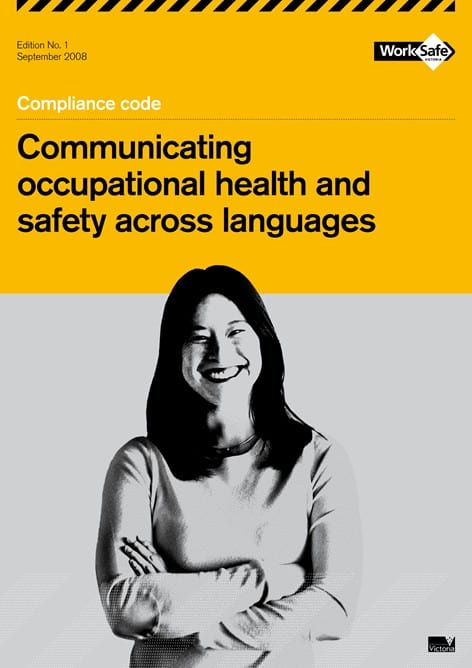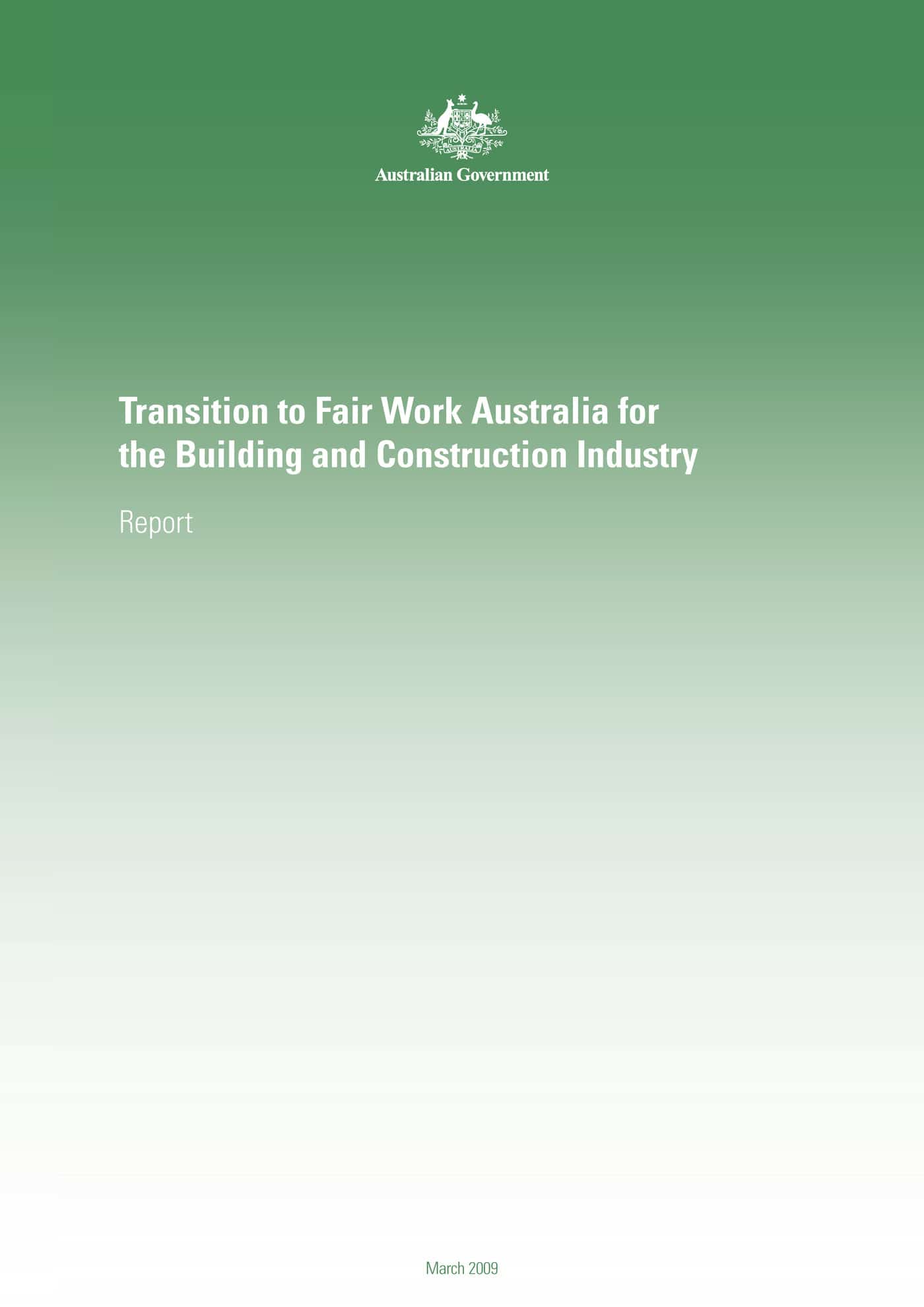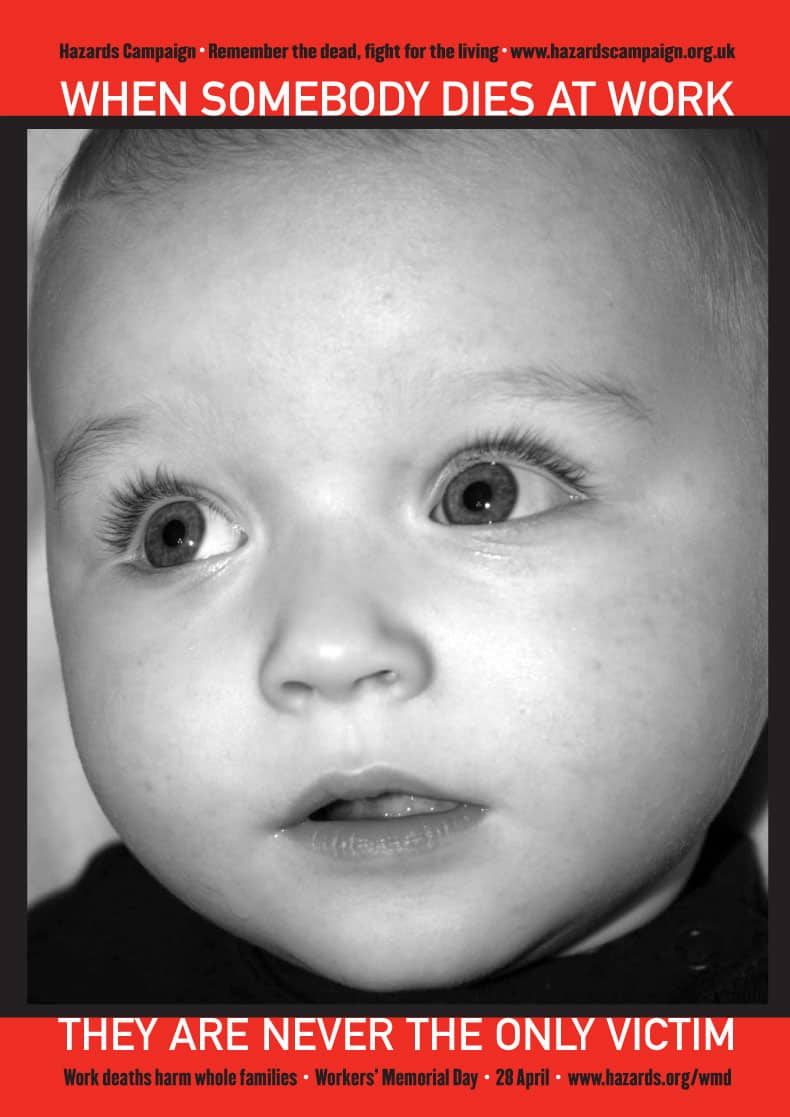Recently one of the Australian boutique labour law firms ran a seminar on employment issues related to migrant workers. Australia has a history of using workers from the Pacific Islands, principally, in agriculture. Chinese have been working in Australia since the goldfields of the 1800s. New Zealanders are so frequent that the countries almost share an economy in some ways. Some labour is imported, other labour is invited or sought.
The global economic problems has exacerbated the difficulties many countries face with legal and illegal migrant workers. Australia is not immune. There may be less and less water in the country, certainly in the south, but it is still considered a land of opportunity by neighbours.
Workplace safety issues are perhaps the easiest to deal with in this labour sector as the employment status is not relevant to the obligation to provide a safe and healthy work environment.
 The safety training, instruction and supervision matters are similarly unaffected by employment status. However it has always been a difficult part of an OHS manager and HR manager’s job to make sure that workers understand their obligations and duties. In Victoria, one of the first OHS Codes of Practice in the 1980s concerned providing OHS information in languages other than English. It was probably the most ignored Code of Practice of all.
The safety training, instruction and supervision matters are similarly unaffected by employment status. However it has always been a difficult part of an OHS manager and HR manager’s job to make sure that workers understand their obligations and duties. In Victoria, one of the first OHS Codes of Practice in the 1980s concerned providing OHS information in languages other than English. It was probably the most ignored Code of Practice of all.
Recently, WorkSafe Victoria has issued Compliance Codes. Following the recommendations and techniques in these codes implies compliance and can be wonderful for the small business sector. One of the new codes is on communicating in languages other than English This is a great start but there needs a much greater effort, almost a movement, for Australia to avoid the problems facing countries like England.
In late-March 2009, the UK law firm Irwin Mitchell reported the following statistics
The report [by the Centre for Corporate Accountability], which makes the figures public for the first time and was compiled following Freedom of Information requests to the Health and Safety Executive, shows that a dozen migrant workers died in the construction industry in the year 2007/08 – at least double the figure expected and a six-fold increase in the number who died just five years earlier.
The 12 deaths comprised 17% of the total number of fatalities in the sector last year – more than double the HSE’s estimate of migrants making up around 8% of the total construction sector workforce.
Migrant deaths in other sectors is also on the increase, with the number of fatalities of non-UK workers up from nine in 2005/6 to 18 in 2007/8 and the proportion also doubling from 4.1% to 7.9% in the same period, against figures showing that 5.4% of the total workforce comprises migrants.
No official information is currently available on the level of injuries to migrant workers, as the HSE does not record nationality in injury cases, though estimates put the figure as high as 11% – again, double the expected level.
Many workplaces have already dealt with safety issues with migrant labour. Crews in rail maintenance, for instance, are often on ethical lines so that colleagues educate each other. Often workplaces call on an established worker from a specific ethnic area to take the lead in supervising others and passing on OHS information. These adhoc processes still need to be verified as effective but have worked in many workplaces for decades.
A recent rumour posted to the Australian website Crikey.com illustrates the type of attitude to migrant workers and the mixing of concerns about safety and industrial issues.
A Chinese owned mining project is advertising for a Bilingual (English Mandarin) Registered Nurse on their website [since removed]. The role is stated to be designed for liaison with Chinese workers and is required to have industrial safety knowledge, reporting directly to a company director? How many Chinese workers is this project bringing into Australia given the recent restrictions on 457s [migrant work visas], what about the requirement for foreign workers to have some competency in English, anecdotal evidence that building and construction labour rates are already decreasing and how would the unions view this approach to health and safety of foreign workers?
One OHS expert at the law firm’s seminar accepted that the language requirements were woefully inadequate and not suited for the workplace situation. It would be refreshing to see an OHS professional association begin lobbying the government on improving the language criteria for visa eligibility.
The unions would be equally concerned about the safety of any workers onsite, hopefully regardless of the workers’ union membership status.
Australia is in a lucky situation where many workplaces could continue to operate without migrant labour but the world and its economy is changing, and Australia will be dragged into the real world of the modern international workforce. It is lucky because it has the opportunity to prepare. It is such a shame that the preparation remains so thin.

 It should be stated here that SafetyAtWorkBlog does not support the ABCC. The Commission is a travesty and a political construct of the conservative side of politics. That the Rudd Labor government has allowed the Commission to persist is atrocious. However, the ABCC was established because of the perception that the Australian building and construction industry was corrupt, regardless of the absence of evidence through the Cole Royal Commission. Has the construction unions addressed this perception? No.
It should be stated here that SafetyAtWorkBlog does not support the ABCC. The Commission is a travesty and a political construct of the conservative side of politics. That the Rudd Labor government has allowed the Commission to persist is atrocious. However, the ABCC was established because of the perception that the Australian building and construction industry was corrupt, regardless of the absence of evidence through the Cole Royal Commission. Has the construction unions addressed this perception? No.

